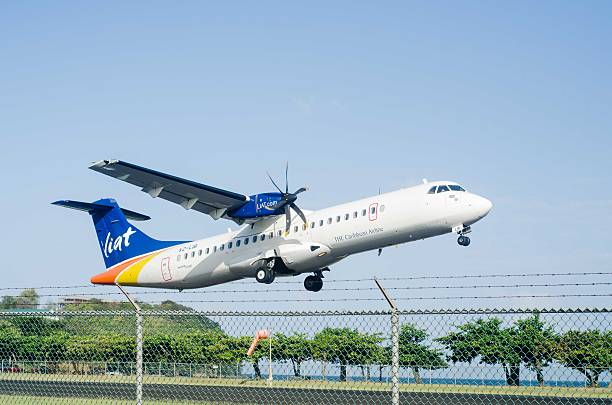In a significant move towards regional integration, four CARICOM nations—Barbados, Belize, Dominica, and St. Vincent and the Grenadines—recently implemented full freedom of movement for their citizens. This decision, made during Saint Lucia’s political campaigning period, fulfills a commitment made at CARICOM’s 50th anniversary. However, Saint Lucia’s silence on the matter raises critical questions about its position in this evolving regional landscape. Historically, Saint Lucia has been a champion of regionalism, from the efforts of Nobel laureate William Arthur Lewis to the aspirations of the failed federation. Yet, the current lack of action calls for practical, forward-thinking discussions to prepare for potential future steps towards freedom of movement. This phase presents an opportunity for public education and engagement on the implications of regional obligations. The four pioneering countries have rejected the outdated requirement under Article 45 of the Revised Treaty of Chaguaramas (RTC), which limited CARICOM nationals to a six-month stay as tourists. Instead, they invoked the Protocol on Enhanced Cooperation, allowing nationals to enter, reside, work, and remain indefinitely without permits, while also granting access to healthcare and education. For Saint Lucia, joining this movement requires careful planning. Policymakers must address key questions: What benefits will CARICOM nationals receive? How will healthcare and education access be defined? What systems will integrate migrants? Will social security benefits be transferable? These issues demand national dialogue to ensure transparency and fairness. The legacy of regional integration, championed by figures like Elma Gene Isaac, must inspire deliberate and thoughtful action. As Saint Lucia contemplates its next steps, clarity and inclusivity must guide the process, ensuring that regional integration moves from rhetoric to reality.
OPINION: Nuts and bolts of Caricom ‘free movement’ for Saint Lucia in the future
